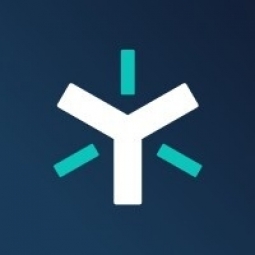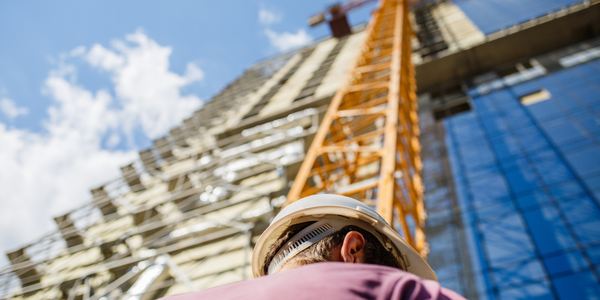技术
- 应用基础设施与中间件 - 数据交换与集成
- 平台即服务 (PaaS) - 设备管理平台
适用行业
- 水泥
- 建筑与基础设施
用例
- 楼宇自动化与控制
- 施工管理
服务
- 系统集成
关于客户
KAST Construction 是一家位于佛罗里达州西棕榈滩的总承包商。作为 ENR 400 强承包商,KAST 专注于高密度住宅、酒店和商业项目。该公司在迈阿密西棕榈滩和佛罗里达州坦帕及其周边地区的办公室和工作地点拥有 300 多名员工。 2015 年,KAST Construction 管理层开始扩大公司技术的使用,特别是建筑信息模型 (BIM) 和虚拟设计与施工 (VDC)。该公司将 VDC 视为改进其构建方式的一种方式,并相信它可以通过更好的协作、降低成本和增强安全性对项目质量产生积极影响。
挑战
KAST Construction 是一家位于佛罗里达州的总承包商,其虚拟设计和施工 (VDC) 以及项目团队运营面临效率低下的问题。尽管将 VDC 视为通过改进协作、降低成本和增强安全性来提高项目质量的潜在工具,但该公司仍在努力解决数据管理效率低下的问题,从而阻碍了生产力。 VDC 团队几乎独立于他们支持的项目进行运作,导致与忙碌的项目经理进行大量的来回往来。如果 VDC 团队缺乏必要的信息,例如当前预算或进度表,他们就必须等待项目经理的回复,从而减慢流程并导致计划天数的损失。此外,需要 VDC 团队提供设计、进度表和预算的项目团队通常无法找到这些信息,从而导致时间和金钱的浪费。
解决方案
为了应对这些挑战,KAST Construction 为所有团队实施了标准化、安全的访问系统。技术服务总监 Rob Sloyer 利用了 Egnyte,这是他之前用来存储项目图纸的平台。 Sloyer 的团队为 Precon 和 Operations 建立了标准化的 Egnyte 文件结构。现在,当项目开始时,VDC 经理可以找到他们需要的信息,而无需询问任何人或等待电子邮件回复。计划一旦准备好,就会被发送回 Egnyte,以便 Precon 团队立即可用。运营团队也有自己的项目文件夹,但可以轻松访问 Precon 文件夹以查找他们需要的 VDC 信息。标准化的文件夹结构可以轻松找到任何项目的正确信息,从而节省无数时间。 Egnyte 还可以与分包商安全共享文件,确保数据完整性并保护敏感的客户信息。
运营影响
数量效益

Case Study missing?
Start adding your own!
Register with your work email and create a new case study profile for your business.
相关案例.

Case Study
System 800xA at Indian Cement Plants
Chettinad Cement recognized that further efficiencies could be achieved in its cement manufacturing process. It looked to investing in comprehensive operational and control technologies to manage and derive productivity and energy efficiency gains from the assets on Line 2, their second plant in India.
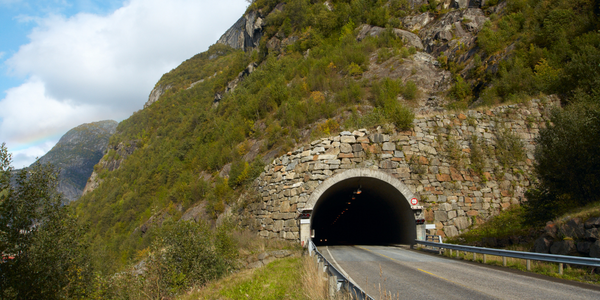
Case Study
IoT System for Tunnel Construction
The Zenitaka Corporation ('Zenitaka') has two major business areas: its architectural business focuses on structures such as government buildings, office buildings, and commercial facilities, while its civil engineering business is targeted at structures such as tunnels, bridges and dams. Within these areas, there presented two issues that have always persisted in regard to the construction of mountain tunnels. These issues are 'improving safety" and "reducing energy consumption". Mountain tunnels construction requires a massive amount of electricity. This is because there are many kinds of electrical equipment being used day and night, including construction machinery, construction lighting, and ventilating fan. Despite this, the amount of power consumption is generally not tightly managed. In many cases, the exact amount of power consumption is only ascertained when the bill from the power company becomes available. Sometimes, corporations install demand-monitoring equipment to help curb the maximum power demanded. However, even in these cases, the devices only allow the total volume of power consumption to be ascertained, or they may issue warnings to prevent the contracted volume of power from being exceeded. In order to tackle the issue of reducing power consumption, it was first necessary to obtain an accurate breakdown of how much power was being used in each particular area. In other words, we needed to be able to visualize the amount of power being consumed. Safety, was also not being managed very rigorously. Even now, tunnel construction sites often use a 'name label' system for managing entry into the work site. Specifically, red labels with white reverse sides that bear the workers' names on both sides are displayed at the tunnel work site entrance. The workers themselves then flip the name label to the appropriate side when entering or exiting from the work site to indicate whether or not they are working inside the tunnel at any given time. If a worker forgets to flip his or her name label when entering or exiting from the tunnel, management cannot be performed effectively. In order to tackle the challenges mentioned above, Zenitaka decided to build a system that could improve the safety of tunnel construction as well as reduce the amount of power consumed. In other words, this new system would facilitate a clear picture of which workers were working in each location at the mountain tunnel construction site, as well as which processes were being carried out at those respective locations at any given time. The system would maintain the safety of all workers while also carefully controlling the electrical equipment to reduce unnecessary power consumption. Having decided on the concept, our next concern was whether there existed any kind of robust hardware that would not break down at the construction work site, that could move freely in response to changes in the working environment, and that could accurately detect workers and vehicles using radio frequency identification (RFID). Given that this system would involve many components that were new to Zenitaka, we decided to enlist the cooperation of E.I.Sol Co., Ltd. ('E.I.Sol') as our joint development partner, as they had provided us with a highly practical proposal.

Case Study
Splunk Partnership Ties Together Big Data & IoT Services
Splunk was faced with the need to meet emerging customer demands for interfacing IoT projects to its suite of services. The company required an IoT partner that would be able to easily and quickly integrate with its Splunk Enterprise platform, rather than allocating development resources and time to building out an IoT interface and application platform.
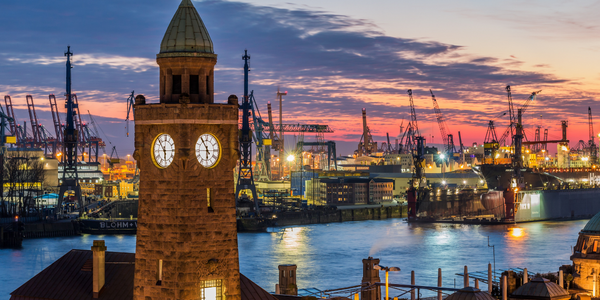
Case Study
Bridge monitoring in Hamburg Port
Kattwyk Bridge is used for both rail and road transport, and it has played an important role in the Port of Hamburg since 1973. However, the increasing pressure from traffic requires a monitoring solution. The goal of the project is to assess in real-time the bridge's status and dynamic responses to traffic and lift processes.
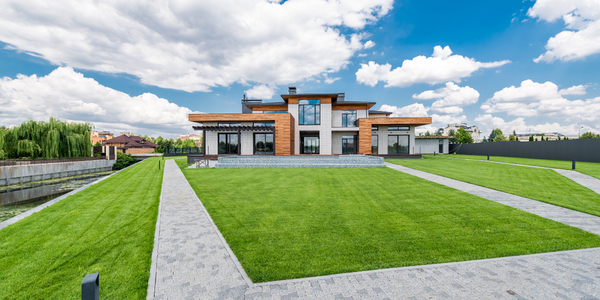
Case Study
Bellas Landscaping
Leading landscaping firm serving central Illinois streamlines operations with Samsara’s real-time fleet tracking solution: • 30+ vehicle fleet includes International Terrastar dump trucks and flatbeds, medium- and light-duty pickups from Ford and Chevrolet. Winter fleet includes of snow plows and salters.




